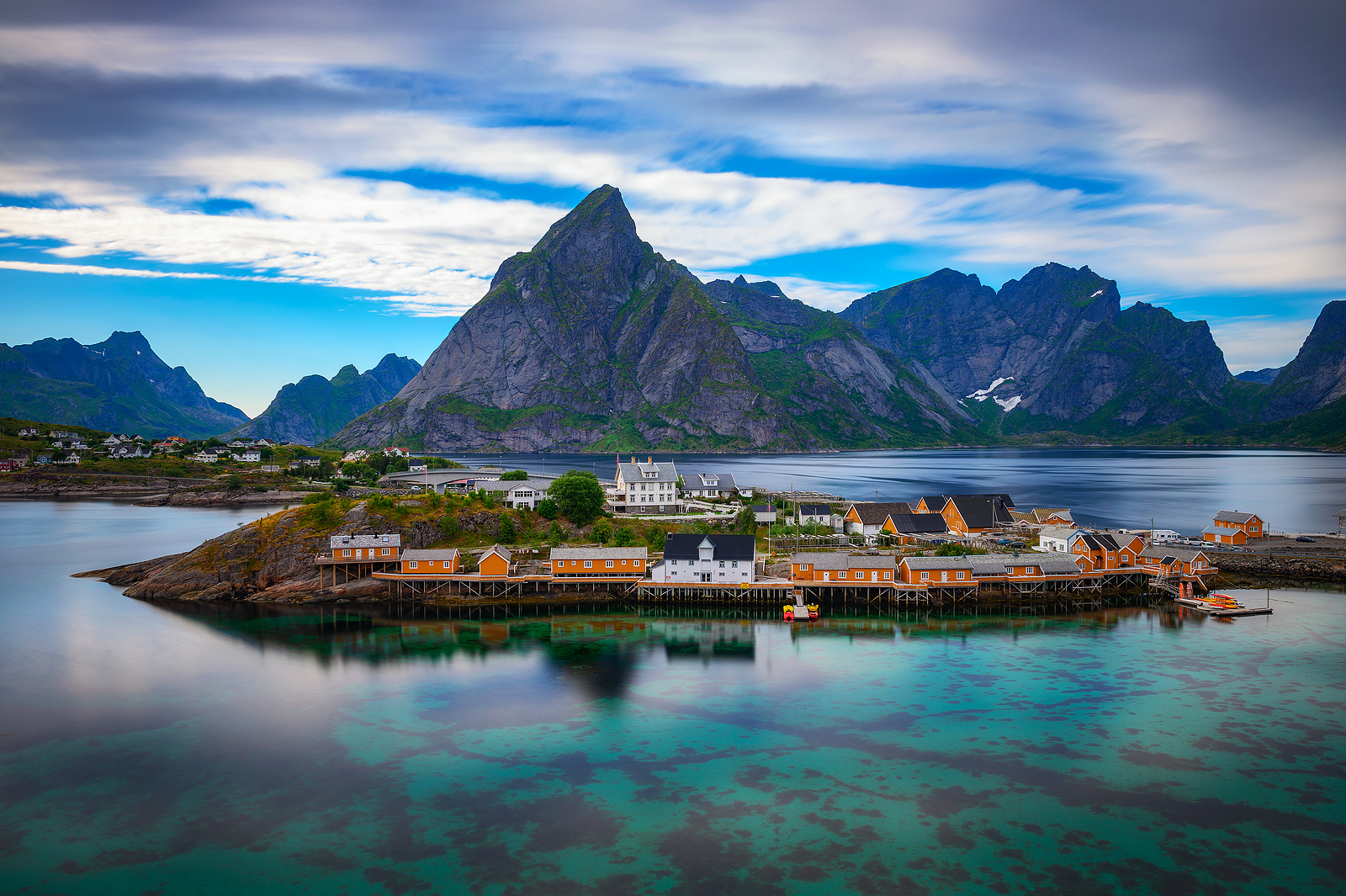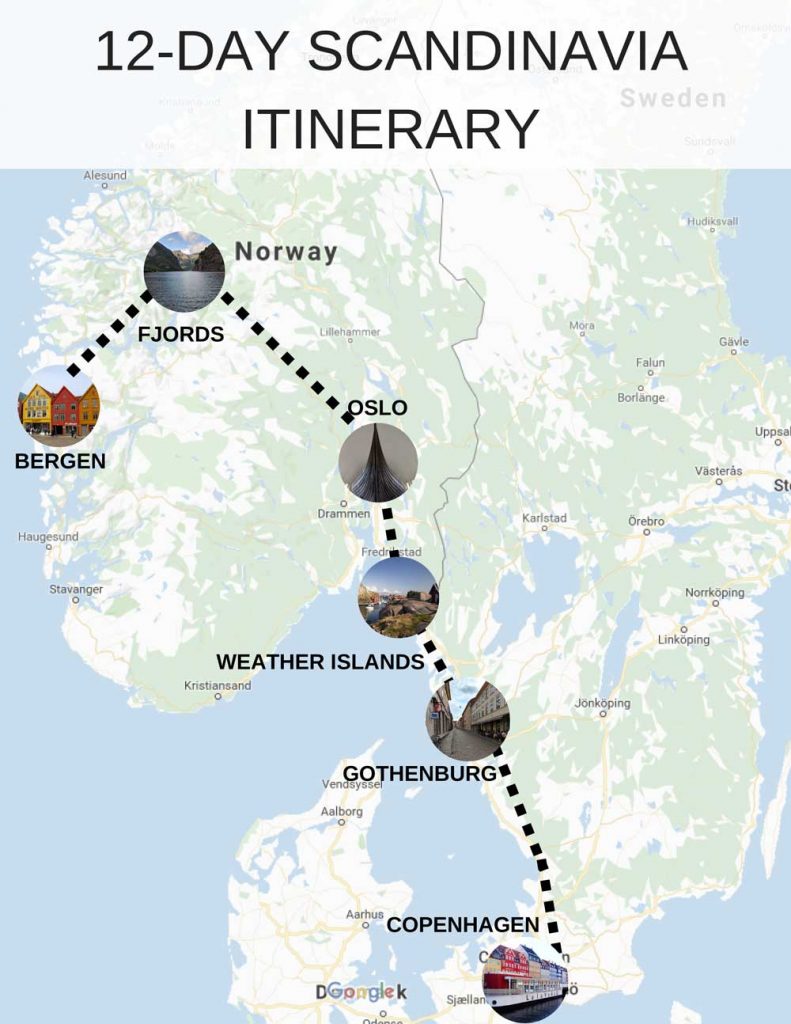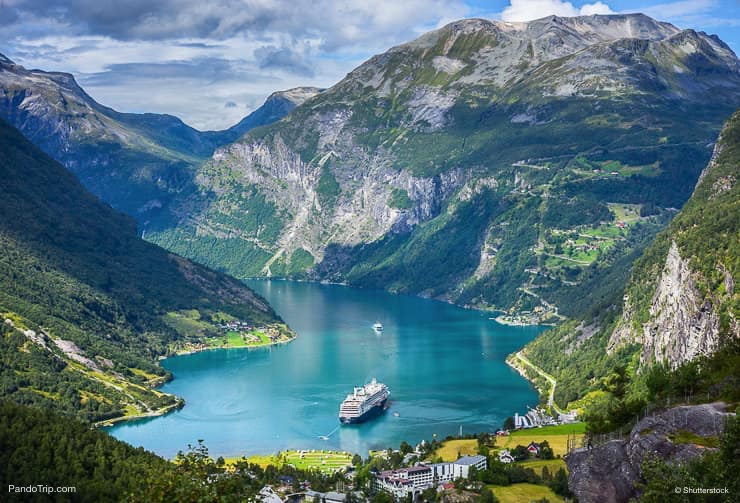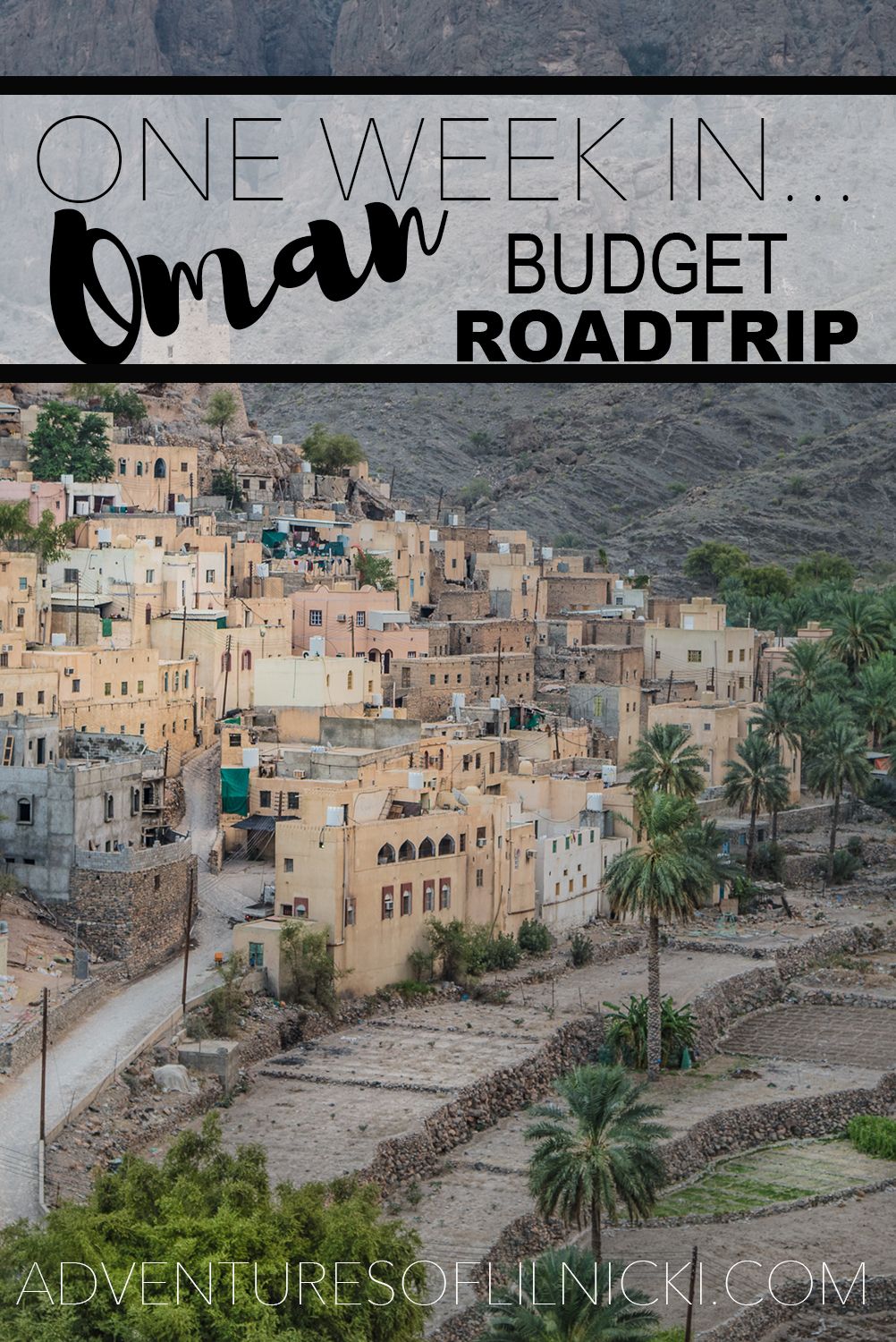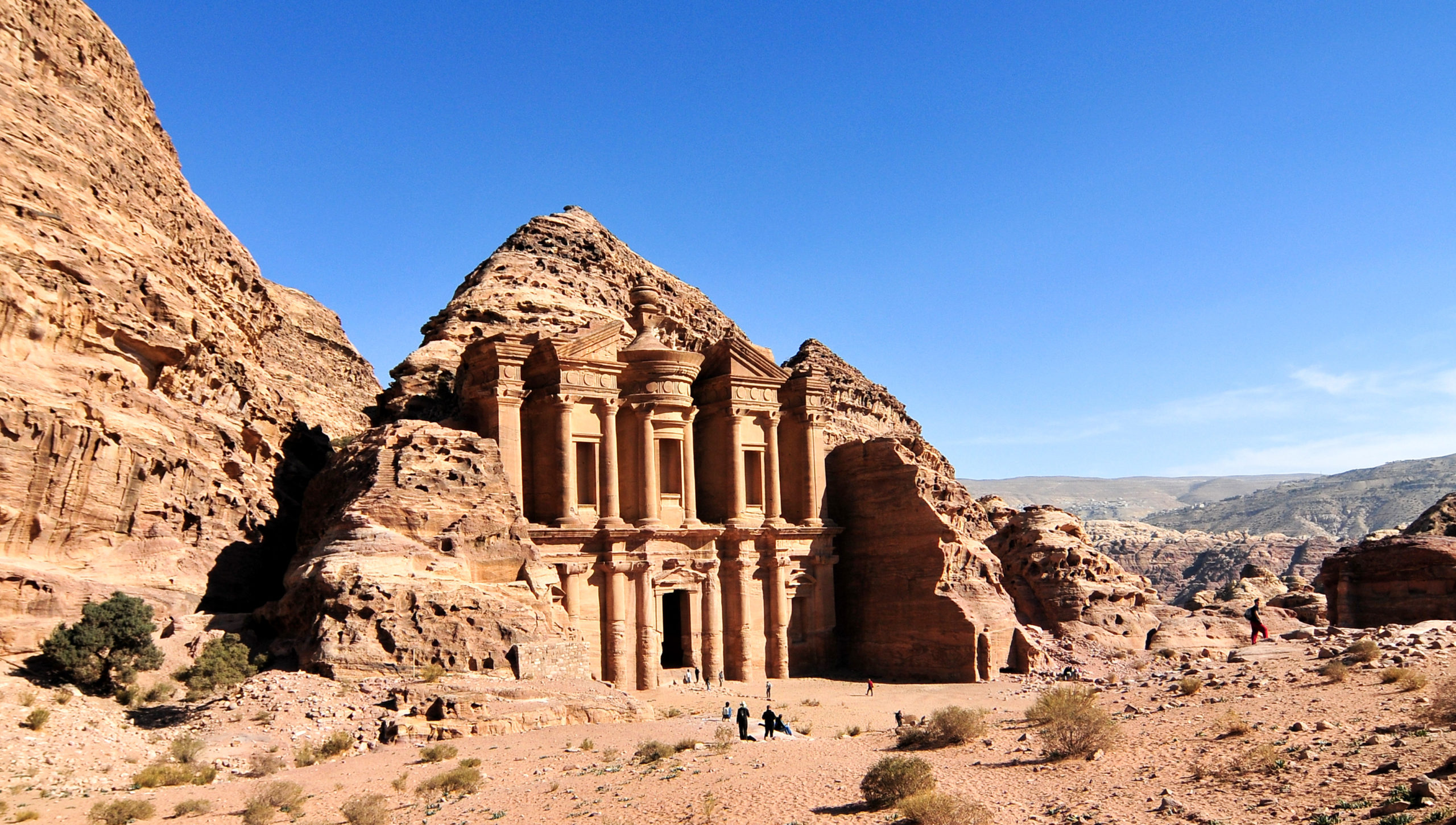
The Middle East, a cradle of civilization and a crossroads of continents, is a region of breathtaking contrasts and profound depth. From the futuristic skylines of modern metropolises to the ancient ruins that whisper tales of empires past, from vast, serene deserts to bustling, aromatic souks, it offers a kaleidoscope of experiences unlike anywhere else on Earth. This land, often misunderstood, is a treasure trove for the intrepid traveler, promising cultural immersion, historical enlightenment, and unforgettable adventures.
Far from being a monolithic entity, the Middle East encompasses a rich tapestry of cultures, languages, and landscapes. It’s a place where tradition gracefully coexists with innovation, where hospitality is a cornerstone of daily life, and where every corner holds a story waiting to be discovered. This article will guide you through some of the region’s most captivating destinations, offering insights into their history, main attractions, essential travel tips, the best time to visit, accommodation options, local culinary delights, and convenient transportation.
1. Dubai, United Arab Emirates: The Oasis of Modernity
Related Articles about Discovering the Jewel of the Orient: A Guide to the Middle East’s Best Destinations:
- Yosemite: A Traveler’s Guide to Wonder and Majesty
- The Great American Adventure: Your Comprehensive Travel Guide to the USA
- Manila: A Tapestry of Time, Taste, and Tropical Charm
- Norway: A Symphony of Fjords, Northern Lights, and Viking Echoes
- Unveiling Paradise: Your Ultimate Guide to the Gili Islands
History: Once a modest fishing and pearl-diving village nestled on the Arabian Gulf, Dubai’s trajectory from humble beginnings to a global icon is nothing short of miraculous. The discovery of oil in the 1960s provided the initial impetus, but it was the visionary leadership of its rulers, particularly Sheikh Rashid bin Saeed Al Maktoum and later Sheikh Mohammed bin Rashid Al Maktoum, that transformed this desert outpost into a futuristic metropolis. Dubai invested heavily in infrastructure, tourism, and diverse economic sectors, effectively diversifying its economy away from oil and establishing itself as a world-class hub for business, luxury, and innovation.
Main Attractions: Dubai’s attractions are a testament to human ingenuity and boundless ambition. The Burj Khalifa, the world’s tallest building, offers unparalleled panoramic views from its observation decks. Adjacent to it, the Dubai Mall isn’t just a shopping haven but also home to the Dubai Aquarium & Underwater Zoo and the mesmerizing Dubai Fountain shows. The man-made Palm Jumeirah archipelago, visible from space, is dotted with luxury resorts like Atlantis, The Palm. For a taste of traditional Dubai, explore Al Fahidi Historical Neighborhood (Old Dubai) with its wind-tower architecture, and haggle for treasures in the vibrant Gold and Spice Souks. No visit is complete without a thrilling Desert Safari, offering dune bashing, camel rides, and traditional Bedouin dinners under the stars.
Travel Tips: While Dubai is cosmopolitan, modesty in dress is appreciated in public areas, especially during religious holidays. Always respect local customs and laws, particularly regarding public displays of affection and alcohol consumption. Pre-booking popular attractions online can save time and money. Stay hydrated, especially during the hotter months, and consider purchasing a local SIM card for easy navigation and communication.
Best Time to Visit: The ideal time to visit Dubai is from October to April. During these months, the weather is pleasantly mild and sunny, perfect for outdoor activities and exploring the city comfortably. Summers (May to September) are extremely hot and humid, making indoor attractions more appealing.
Nearby Hotels: Dubai boasts an array of accommodation, from ultra-luxurious to budget-friendly. Iconic options include the sail-shaped Burj Al Arab Jumeirah, Atlantis The Palm (on Palm Jumeirah), and the Address Downtown (offering stunning Burj Khalifa views). For mid-range options, consider hotels in areas like Business Bay or Al Barsha.
Local Food: Dubai’s culinary scene is a global melting pot, but don’t miss trying authentic Emirati dishes like Harees (slow-cooked wheat and meat), Machboos (spiced rice with meat or fish), and Luqaimat (sweet dumplings). Street food favorites like Shawarma and Falafel are widely available and delicious.
Transportation Options: Dubai boasts an efficient Metro system that connects major attractions. Taxis are readily available and affordable, as are ride-sharing apps like Careem and Uber. Rental cars are an option for those comfortable with city driving, and water taxis (abras) offer a charming way to explore Dubai Creek.
2. Petra, Jordan: The Rose-Red City, Half as Old as Time
History: Hidden within the rugged mountains of southern Jordan, Petra is an archaeological marvel and a UNESCO World Heritage site, often referred to as the "Rose-Red City." It was the capital of the Nabataean Kingdom, a prosperous Arab civilization that flourished from the 4th century BCE. The Nabataeans, skilled engineers and traders, carved an elaborate city of temples, tombs, and houses directly into the sandstone cliffs, controlling vital trade routes that brought spices, silks, and precious goods from the East. Petra thrived under Roman rule after its annexation in 106 CE but eventually declined due to shifting trade routes and a series of earthquakes. It remained largely "lost" to the Western world until its rediscovery by Swiss explorer Johann Ludwig Burckhardt in 1812.
Main Attractions: The journey into Petra begins with the Siq, a narrow, winding canyon that dramatically opens up to reveal the iconic Al-Khazneh (The Treasury). This intricately carved facade, believed to be a mausoleum or temple, is Petra’s most famous landmark. Beyond the Treasury, the ancient city unfolds with the Street of Facades, the Royal Tombs, and the Roman-era Theater. A challenging but rewarding hike leads to Ad Deir (The Monastery), an equally magnificent but less crowded monument offering panoramic views of the surrounding mountains. The High Place of Sacrifice provides another incredible viewpoint and a glimpse into Nabataean religious practices.
Travel Tips: Wear comfortable, sturdy walking shoes as you’ll be covering significant distances on uneven terrain. Stay hydrated by carrying plenty of water, especially during the warmer months. Arrive early in the morning to avoid crowds and experience the soft morning light on the sandstone. Consider hiring a local Bedouin guide for deeper insights into the site’s history and culture. Be prepared for aggressive vendors, but also remember that many are trying to make a living.
Best Time to Visit: The most pleasant times to visit Petra are during the spring (March to May) and autumn (September to November). The weather is mild and sunny, ideal for extensive exploration. Summers can be intensely hot, while winters can be cold and occasionally wet.
Nearby Hotels: Most accommodations are located in the nearby town of Wadi Musa. The Mövenpick Resort Petra offers direct access to the Petra visitor center. Other popular options include the unique Taybet Zaman Village & Resort, built into a renovated 19th-century village, and various comfortable mid-range hotels like the Petra Guest House Hotel.
Local Food: Jordanian cuisine is hearty and flavorful. Don’t leave without trying Mansaf, Jordan’s national dish – lamb cooked in fermented dried yogurt sauce and served with rice. Other delights include Zarb (a Bedouin BBQ cooked underground), Maqluba (upside-down rice and vegetable dish), and a variety of Mezze (small appetizers) like hummus, baba ghanoush, and falafel.
Transportation Options: Most visitors reach Petra via JETT buses from Amman or by private taxi/rental car. Once inside the Petra archaeological park, walking is the primary mode of transport. For those needing assistance, donkeys, camels, and horse-drawn carriages are available for hire (negotiate prices beforehand).
3. Cairo, Egypt: The City of a Thousand Minarets
History: Cairo, the sprawling capital of Egypt, is a city where ancient wonders meet bustling modern life. Its history stretches back millennia, with the nearby Pyramids of Giza standing as a testament to the might of the ancient Egyptian civilization. While the pharaohs ruled from Memphis and Thebes, Cairo’s own narrative truly began with the Arab conquest in 641 CE. Over centuries, various Islamic dynasties—from the Fatimids to the Ottomans—left their indelible mark, building magnificent mosques, madrasas, and palaces that form the core of what is now known as Islamic Cairo. Today, it remains the largest city in the Arab world, a vibrant cultural and political heartland.
Main Attractions: The undisputed stars of Cairo are the Pyramids of Giza and the Sphinx, ancient wonders that have captivated humanity for millennia. Witnessing these colossal structures firsthand is an awe-inspiring experience. The Egyptian Museum (soon to be largely replaced by the Grand Egyptian Museum near the pyramids) houses an unparalleled collection of ancient artifacts, including the treasures of Tutankhamun. Immerse yourself in the vibrant chaos of Khan el-Khalili Bazaar, a historic souk brimming with spices, jewelry, and souvenirs. Explore Islamic Cairo, a UNESCO World Heritage site, home to architectural masterpieces like the Mosque of Muhammad Ali in the Citadel and the ancient Al-Azhar Mosque and University. Discover Coptic Cairo, with its Hanging Church and the Church of Saints Sergius and Bacchus, believed to have sheltered the Holy Family.
Travel Tips: Cairo can be overwhelming for first-time visitors due to its immense size, traffic, and constant activity. Dress modestly, especially when visiting religious sites. Be prepared for enthusiastic vendors in the souks and learn to politely but firmly decline. Use reputable guides for historical sites to enhance your understanding. Always confirm taxi fares before starting your journey, or use ride-sharing apps like Uber or Careem for transparency.
Best Time to Visit: The cooler months from October to April are ideal for visiting Cairo. Temperatures are more comfortable for sightseeing, especially at outdoor sites like the Pyramids. Summers (May to September) are intensely hot, with temperatures often exceeding 40°C (104°F).
Nearby Hotels: Cairo offers a wide range of accommodation. For an iconic experience with Pyramid views, consider the Mena House Hotel. Luxury options include the Four Seasons Hotel Cairo at Nile Plaza and the Ritz-Carlton, Cairo, both offering stunning Nile vistas. Numerous mid-range and budget hotels can be found throughout the city.
Local Food: Egyptian cuisine is flavorful and hearty. You must try Koshary, a popular vegetarian dish of rice, lentils, macaroni, and chickpeas, topped with a spicy tomato sauce and crispy fried onions. Ful Medames (stewed fava beans) is a staple breakfast, and Ta’ameya (Egyptian falafel, made with fava beans instead of chickpeas) is a must-try. Other popular dishes include Hawawshi (meat-stuffed bread) and various types of Mahshi (stuffed vegetables).
Transportation Options: Taxis are ubiquitous and relatively inexpensive (but haggle or use meters). Ride-sharing apps like Uber and Careem offer a more comfortable and transparent option. Cairo’s Metro system is efficient but can be crowded and may not serve all tourist areas directly. For a unique experience, take a traditional felucca ride on the Nile.
4. Jerusalem, Israel/Palestine: A City of Three Faiths
History: Jerusalem, a city revered by billions, stands as one of the oldest and most sacred cities in the world, holding profound significance for Judaism, Christianity, and Islam. Its history spans over three millennia, marked by periods of immense spiritual devotion, epic battles, and the rise and fall of countless empires. From the ancient Israelites to the Romans, Byzantines, Crusaders, Ottomans, and British, each civilization has left an indelible layer upon its stones. The Old City, a UNESCO World Heritage site, is divided into four quarters—Jewish, Christian, Armenian, and Muslim—each a living testament to its complex, multi-layered past, and a powerful symbol of faith and endurance.
Main Attractions: The heart of Jerusalem is its Old City, a labyrinthine maze of ancient streets and sacred sites. For Jews, the Western Wall (Kotel), a remnant of the Second Temple, is the holiest site where prayers are offered. Christians retrace the steps of Jesus along the Via Dolorosa to the Church of the Holy Sepulchre, believed to be the site of his crucifixion, burial, and resurrection. For Muslims, the Dome of the Rock and the Al-Aqsa Mosque, located on the elevated platform known as the Temple Mount (Haram al-Sharif), are among Islam’s most sacred sites. Other key attractions include the panoramic views from the Mount of Olives, the poignant Yad Vashem Holocaust Memorial Museum, and the Israel Museum, home to the Dead Sea Scrolls.
Travel Tips: Respect for religious sites is paramount; dress modestly (shoulders and knees covered) and observe specific customs. Be aware of security checks and the political sensitivities of the region. Guided walking tours are highly recommended to navigate the Old City and understand its intricate history. Many sites have specific visiting hours and dress codes, so check in advance. While the city is generally safe, remain aware of your surroundings, especially in crowded areas.
Best Time to Visit: The spring (April to May) and autumn (September to November) offer the most pleasant weather, with mild temperatures and clear skies, ideal for exploring on foot. Summers can be hot, and winters can be chilly and occasionally wet, though rarely severe.
Nearby Hotels: Jerusalem offers a range of accommodations, from historic luxury to charming boutique hotels and guesthouses. The iconic King David Hotel and the luxurious Mamilla Hotel are top-tier choices. The American Colony Hotel offers a unique blend of history and elegance. For those seeking proximity to the Old City, there are numerous guesthouses and smaller hotels in the surrounding areas.
Local Food: Jerusalem’s culinary scene is a delicious blend of Middle Eastern, Mediterranean, and Jewish influences. Don’t miss the city’s legendary Hummus and Falafel. Try Shakshuka (eggs poached in a spicy tomato sauce) for breakfast, and Shawarma for a quick and satisfying meal. Other delights include Knafeh (a sweet cheese pastry) and Jachnun (a Yemenite Jewish pastry, usually served on Shabbat mornings).
Transportation Options: The Jerusalem Light Rail is an efficient way to get around modern Jerusalem. Buses serve various parts of the city. Sheruts (shared taxis) are a common and affordable option for inter-city travel. Taxis are also readily available. The Old City itself is largely pedestrianized, requiring exploration on foot.
Conclusion
The Middle East is a region of profound beauty, ancient mysteries, and dynamic modernity. From Dubai’s towering ambitions to Petra’s timeless majesty, Cairo’s vibrant chaos, and Jerusalem’s sacred embrace, each destination offers a unique window into a civilization that has shaped the course of human history. These lands invite travelers to delve into millennia-old traditions, savor exquisite cuisines, marvel at architectural wonders, and experience the warmth of genuine hospitality.
Beyond the headlines and common perceptions, the Middle East reveals itself as a tapestry woven with resilience, innovation, and an unparalleled richness of culture. Venturing into these lands is not just a journey through geographical space but a voyage through time, challenging preconceptions and enriching the soul. So pack your bags, prepare to be captivated, and embark on an unforgettable adventure to discover the true jewels of the Orient.


